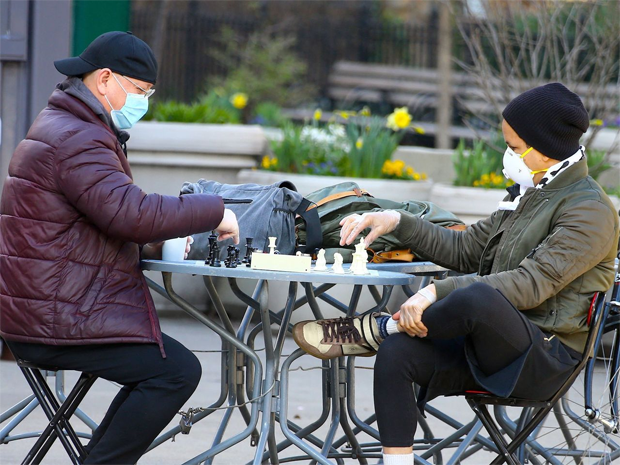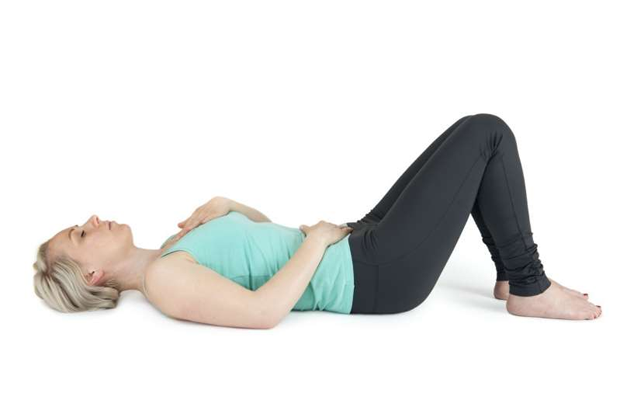|
 |
|
Let's face it: Masks aren't the most comfortable thing to put on every
day. Not only do they make it difficult to breathe—which is why so many
people pull them down below their chins, despite the risks—but they also
can feel sweaty and suffocating now that it's summertime.
Since we're most likely going to be wearing face masks for the
foreseeable future, there are some ways in which we can attempt to make
them more bearable. For one, practicing diaphragmatic breathing, an easy
five-minute exercise, can make a huge difference, according to medical
experts.
The average person takes between 17,280 and 23,040 breaths per day.
However, it's the quality of these breaths that matter, especially when
in the midst of the coronavirus pandemic. According to The Washington
Post, nasal breathing is better than mouth breathing because it releases
nitric oxide, which increases the amount of carbon dioxide (CO2) in your
blood and releases more oxygen to your tissues and cells. Mouth
breathing, meanwhile, does not release nitric oxide, and therefore leads
to feelings of fatigue and anxiety.
Respiratory therapists often advise diaphragmatic breathing, a lauded
meditation technique, to help lower your heart rate, blood pressure, and
stress level. This exercise, also called abdominal breathing or belly
breathing, involves inhaling through your nose and exhaling through your
mouth.
|
|

|
|
According to the Harvard Medical School, to do this, you should lie on
your back with your knees bent. (You can do so in bed, on a couch, or on
the floor, whichever you prefer.) Place one hand on your chest and the
other on your stomach, just below your rib cage, then breathe in slowly
through your nose, letting the air drop deep into your belly. If you're
doing this correctly, the hand on your stomach should rise while the one
on your chest should stay still. Finally, tighten your abdominal muscles
and exhale through pursed lips. At this point, the hand on your stomach
should return to its original position.
Start by doing this five-minute exercise twice a day, then gradually
work up to 10- to 20-minute sessions, to make wearing your mask easier.
Paul DiTuro, a performance breathing specialist for PN Medical, told The
New York Times that in addition to respiratory training (such as
diaphragmatic breathing), you should take five "quality" breaths before
and after wearing your mask. For each breath, he recommends inhaling
through the nose for four seconds, exhaling through the mouth for six
seconds, and resting for two seconds.
|
|

|
|
Strengthening your respiratory muscles with these simple techniques will
make it easier to breathe while wearing a face mask and will also help
you relax—something we could all use right now.
|